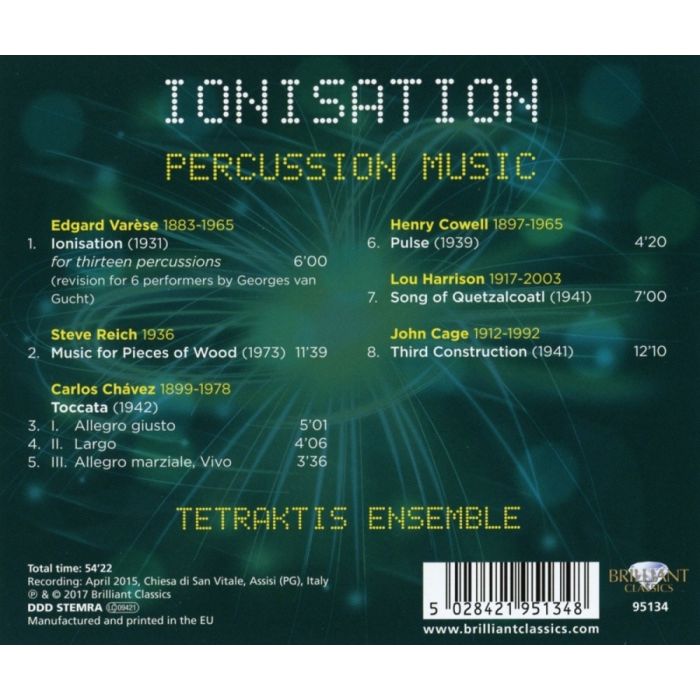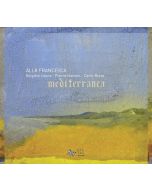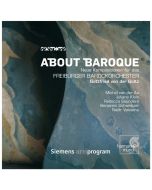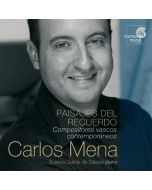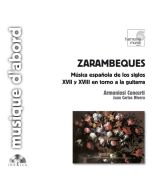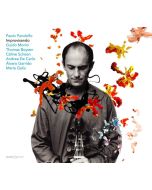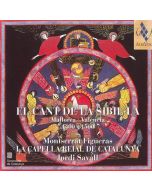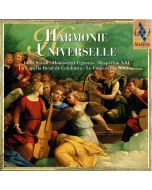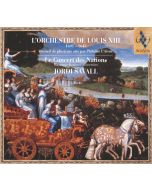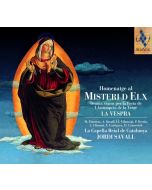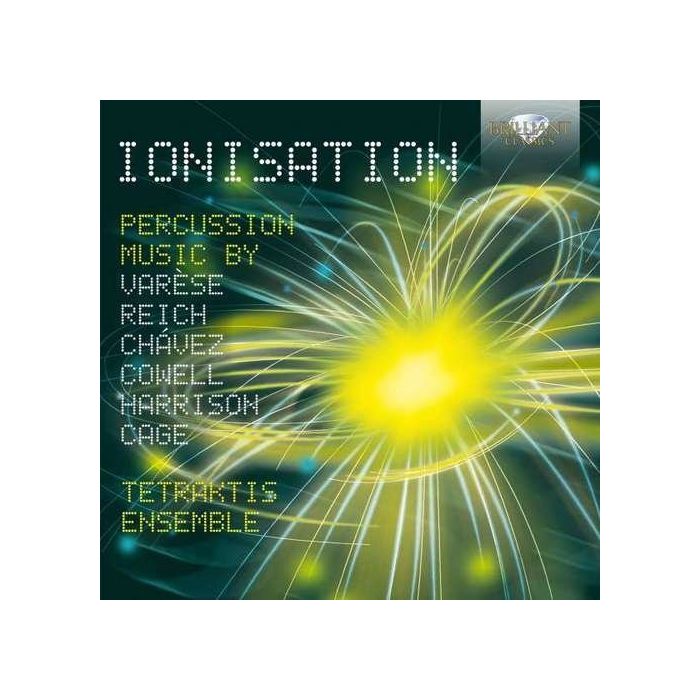
(Produkt nie został jeszcze oceniony)
kompozytor
różni kompozytorzy
tytuł
Ionisation: Percussion Music
wykonawcy
Tetraktis Ensemble
nr katalogowy
95134
opis
The album’s title derives from the mould-breaking work of Edgard Varèse. Composed in Paris between 1929 and 1931, Ionisation was written for 13 players (reduced here to six in an arrangement) and melded a huge array of instruments from all the percussion families – whether made of wood, metal, skin or plastic – into a single sound, striated with shimmering detail. The remainder of the album gathers up 20th-century American classics, several of them written in the wake of Ionisation. Henry Cowell composed Pulse in 1939, Lou Harrison’s The Song of Quetzalcoatl and John Cage’s Third Construction both date from 1941 and the Toccata by Chávez from 1942. Each has its own, muscular idiom, and each uses the available, kaleidoscopic variety of instruments in its own original way. The polymetric structure of Pulse or Third Construction, the use of Asian instruments, the focus on sounds from beyond the classical sphere, and the oscillating rhythms that seem to imitate the freedom of improvisation all appear to be precursors of developments that gained recognition during the 1970s and 1980s, and especially in the work of Minimalist composers such as Steve Reich, for whom Music for Pieces of Wood (1974) was another breakthrough piece, making rhythmically complex music from the simplest possible means. Indeed, rebellion from established European norms of structure and harmony is a signal characteristic of every work on the album.
nośnik
CD x 1
wydawca
Brilliant Classics
data wydania
13.11.2019
EAN / kod kreskowy
5028421951348
55,00 zł
Produkt na zamówienie
Wysyłka ustalana indywidualnie.
Darmowa wysyłka dla zamówień powyżej 300 zł!
Darmowy kurier dla zamówień powyżej 500 zł!
sprawdź koszty wysyłki